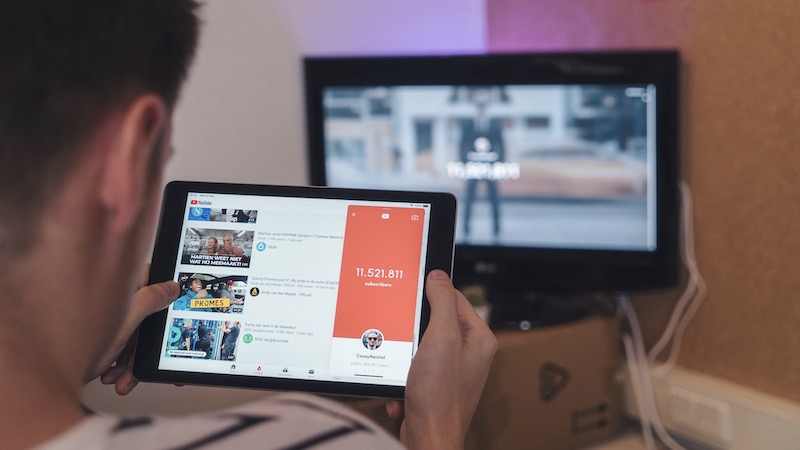Google is looking for new sources of income: The company now wants to place advertisements in front of YouTube videos whose authors do not participate in the corresponding partner program. Google will keep the proceeds for itself. Is the change as bold as it sounds?
With the YouTube partner program, creators can receive a revenue share on ads that are shown around their videos.
The video platform requires certain minimum requirements to participate. For example, creators must have more than 1.000 subscribers and have achieved a valid playback time of more than 4.000 hours with their public content in the last twelve months.
Users without a premium account can watch videos from creators who participate in the affiliate program only with commercial breaks. Creators with less than 1.000 subscribers have not been affected by this so far and their content could be enjoyed without interruptions.
Google puts more ads before YouTube videos – and doesn’t pay creators
But this is exactly what Google now wants to change. The search engine has updated its terms of use, according to which it will also display advertising before YouTube videos in videos whose creators do not participate in the affiliate program.
The terms of use will receive a new section that regulates that YouTube may monetize content from creators. This can take the form of advertising or an access fee for users.
At the same time, YouTube makes it clear that the new regulation does not include payment for creators. These are “not entitled to receive payments,” the company writes.
The new terms of use already came into force in the USA on November 18, 2020. Similar rules are expected to apply in other countries soon. The company wants to find uniform conditions for worldwide use by the end of 2021 at the latest.
Advertising before YouTube videos: What does the new regulation mean for creators and users?
The new regulation primarily affects creators with fewer than 1.000 subscribers. Mostly, behind such channels are people who record and publish videos just for fun.
They have no interest in making money with YouTube and are forced to reach a large audience. At the same time, they do not want their viewers to be disturbed by commercial breaks.
In addition, from a certain perspective it seems unfair that Google wants to generate profit at the expense of the creators by placing advertising before YouTube videos.
One could argue that YouTube, as a private platform, has the right to do so. After all, creators can upload videos for free and users can watch them for free.
But Google collects masses of user data in this way, which the company can in turn use for marketing or process in other ways to play out personalized advertising and ultimately earn money.
Does YouTube drive small creators off the platform?
For YouTube itself, the change is of course worthwhile. There are many channels that do not participate in the affiliate program. These can now monetize the platform without paying a commission.
The question now is whether YouTube will distribute small producers with the new regulation. If they wanted to receive some of the advertising revenue, the creators would have to attract more subscribers and put more work into the platform.
More contents, which generate more subscribers, mean for YouTube also more users, who spend actively more time on the platform. From this point of view the change is a clever move.










